So where did I go? ~ where the river meets the sea, of course.
The tide was far out enabling me to venture much farther than usual. The Trumpeter Swans have flown off to Alaska. A large variety of ducks and gulls congregated in the water and in the air.
The extended shoreline offered me an opportunity for different bird sightings, although most of them were so well camouflaged, except for this Violet-Green Sparrow ~ it was perched just perfectly!
A little sparrow ~
But the real eye opener of the day was the Killdeer that I spotted on my way down towards the water's edge ~
On my way back up to the shore, I could hear it calling out and a flash of orange wings caught my eye ~ a tiny glimpse of orange under his back feathers here ~
and then full-fledged orange as it displayed a lot of noise and flapping of wings, like it was in trouble.
After the initial surprise, I realized it was feigning injury to protect either its nest or young. I did manage to get a video of this behaviour, but after walking around so long and not having a tripod, the video is unsteady. I'll try to see if I can make it usable sometime. There are examples of this 'broken wing' behaviour on youtube.
To end this post, I'd like to link up to a fantastic live cam of a hummingbird nest in Victoria, BC operated by Eric Pittman. It is fascinating to see these two miniature babies being fed through the long beak of mother hummingbird! Also, Eric Pittman's site is called Hummingbirds Up Close.
The following information was found on the Hancock Wildlife site.
Eric Pittman has been recording several families of Anna’s Hummingbirds in Victoria, British Columbia, including Tweet and Fluff. Their nesting season is from December to July. During that time period the female will lay two eggs almost every six weeks. In fact, when one batch of chicks gets too large for her to sit on, she will make another nest and lay another two eggs and she sits on those while still feeding her nearly fledged chicks! Female hummingbirds do not let male hummingbirds near a nest because the male hummingbird's bright colors might alert predators in the nest area..male hummingbirds will also attack a female hummingbird that enters his territory that he has not mated with...after the female mates with him, she will be allowed to roam his territory without too much worry...
Thanks to Eric Pittman for an interesting look into the lives of one of our smaller birds!


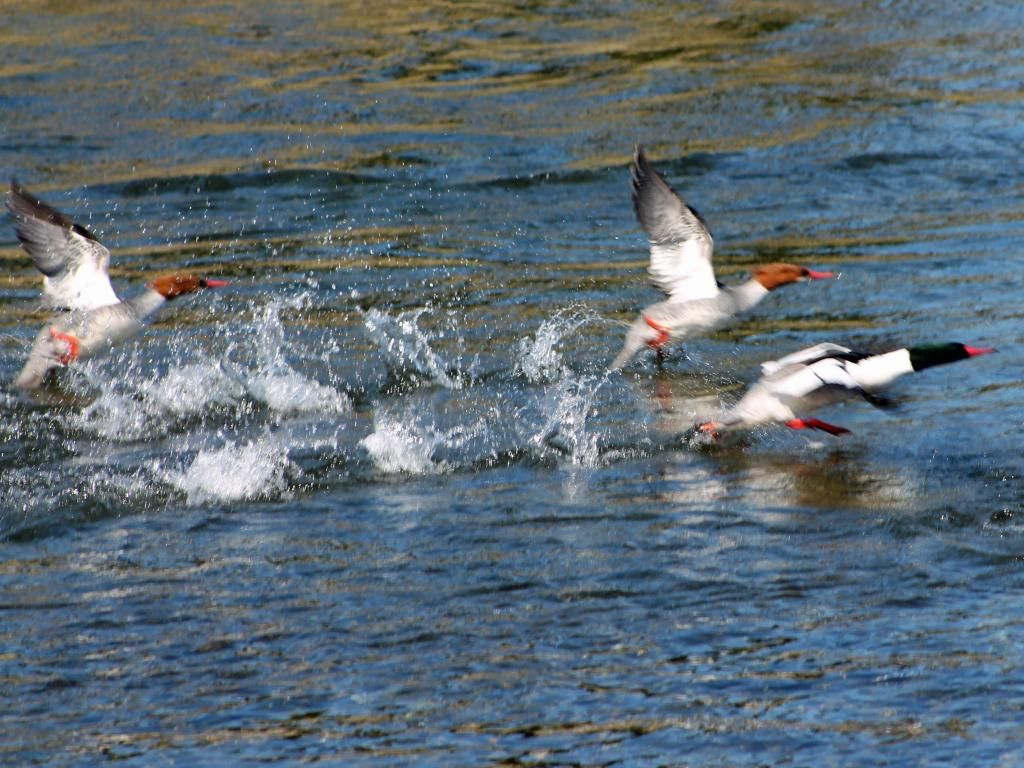
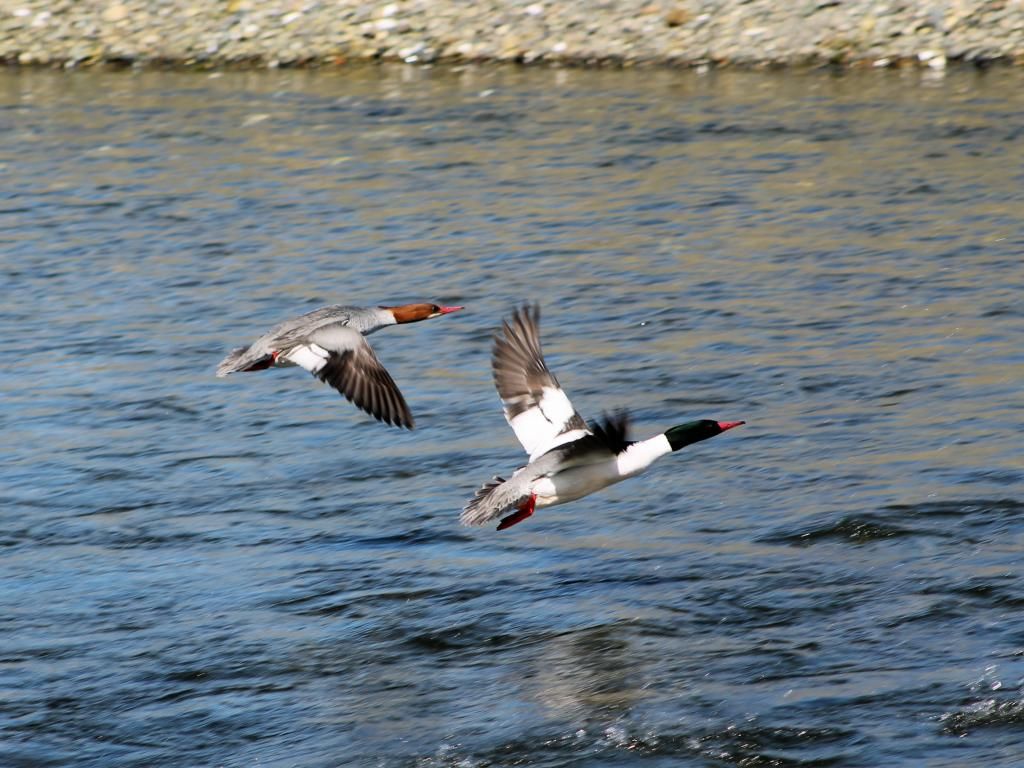
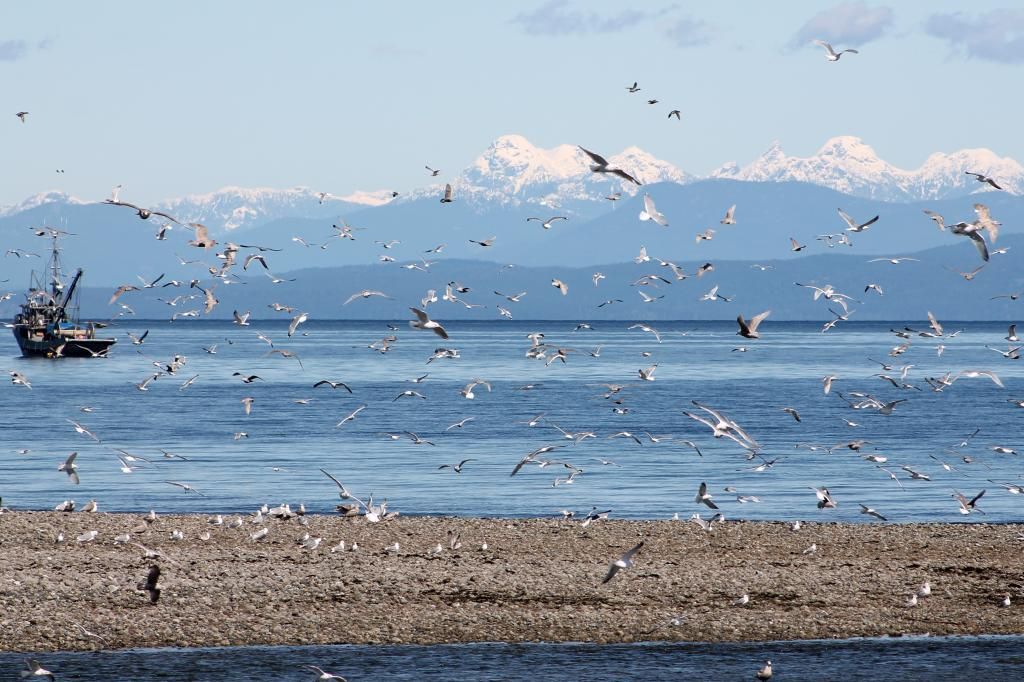
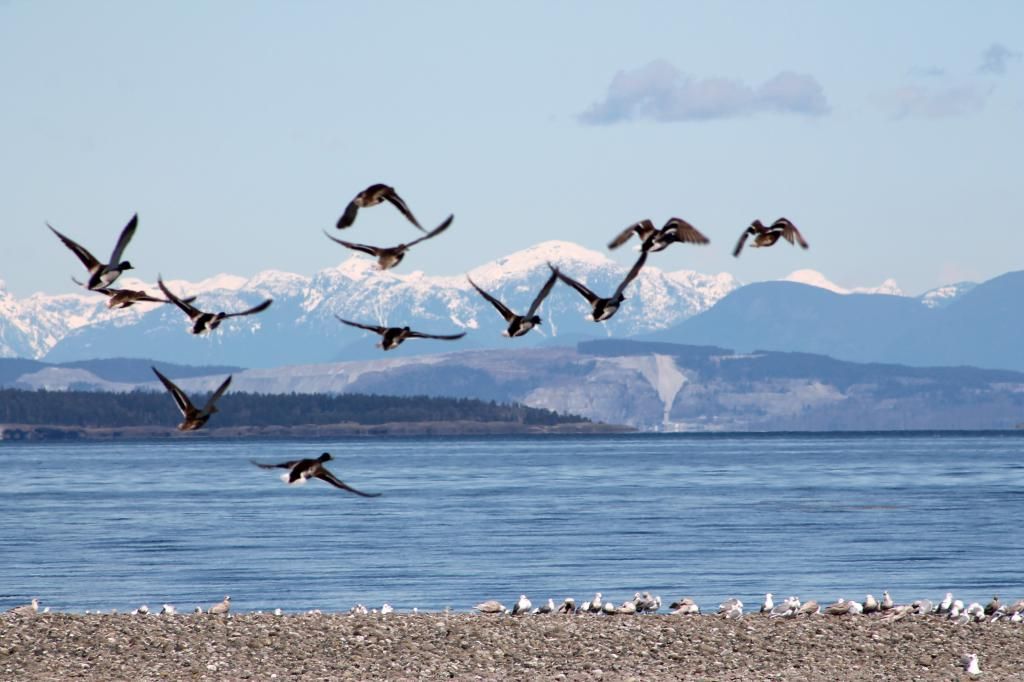
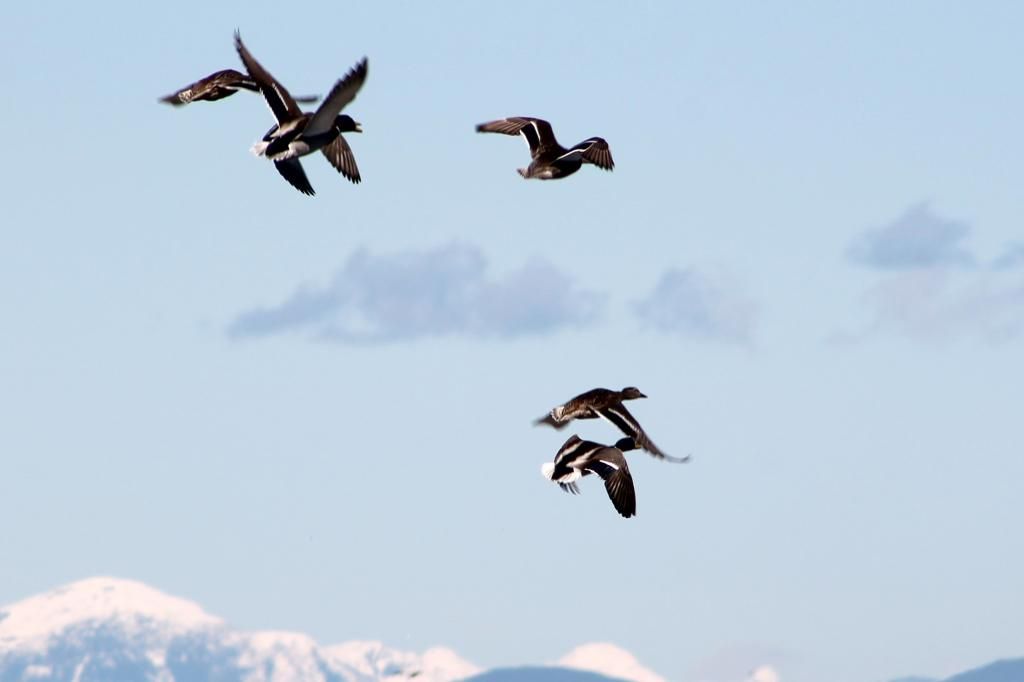
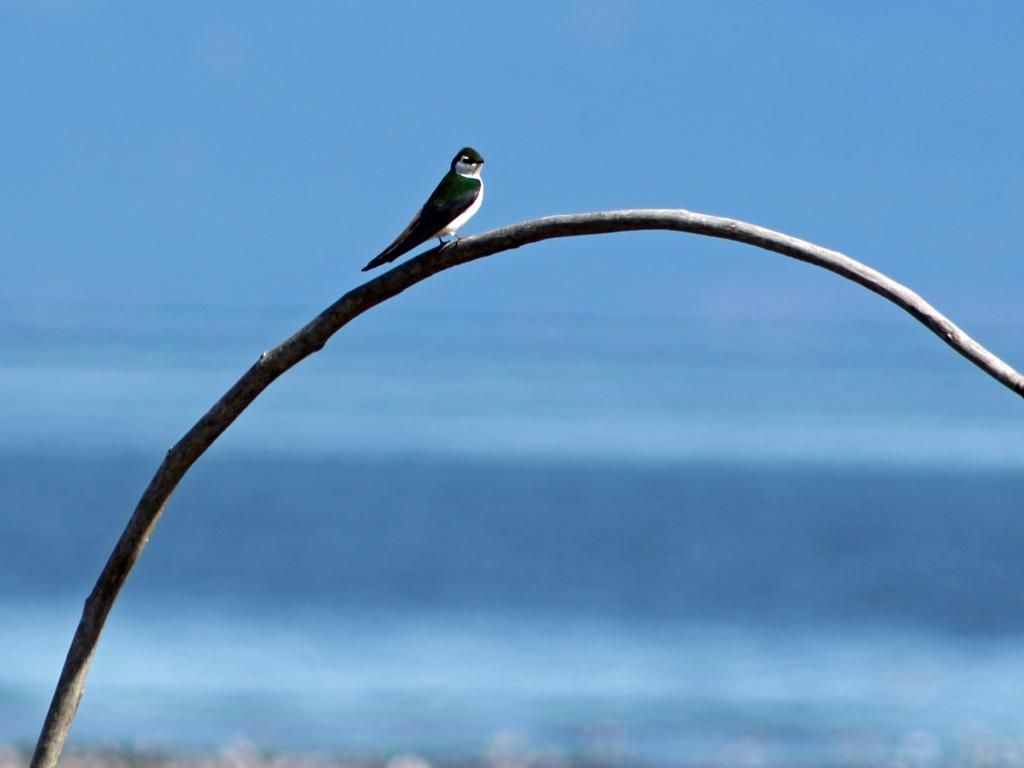
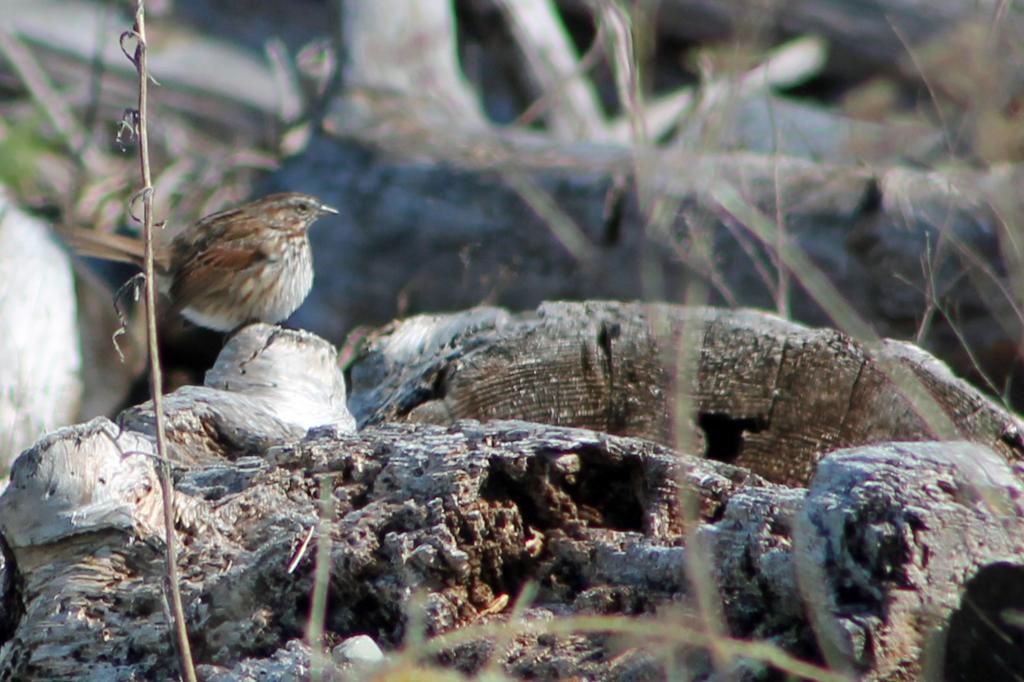

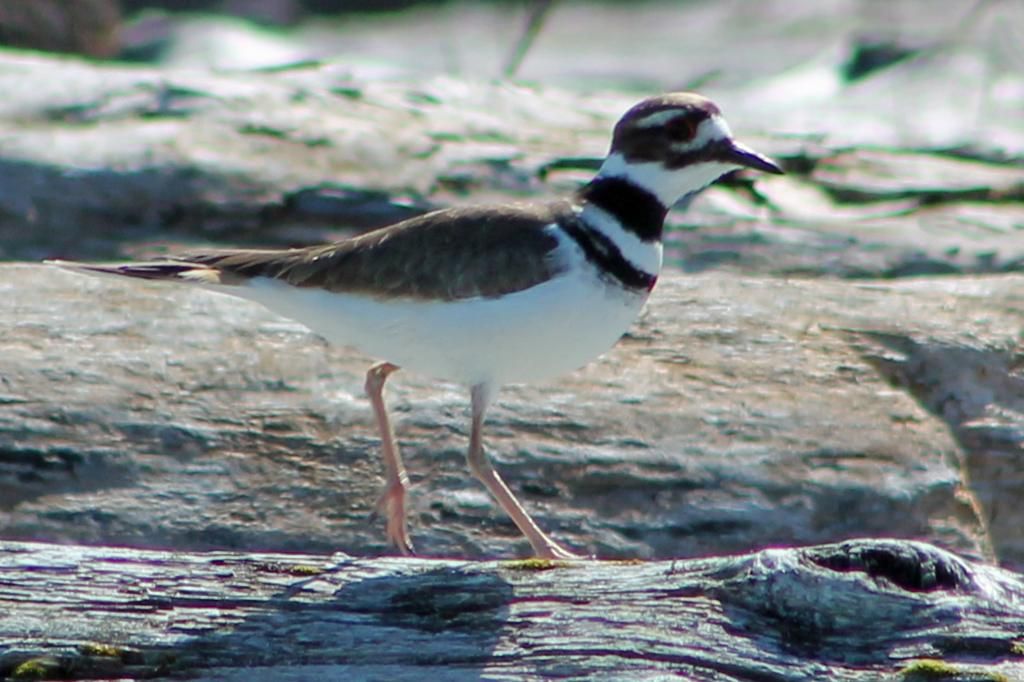
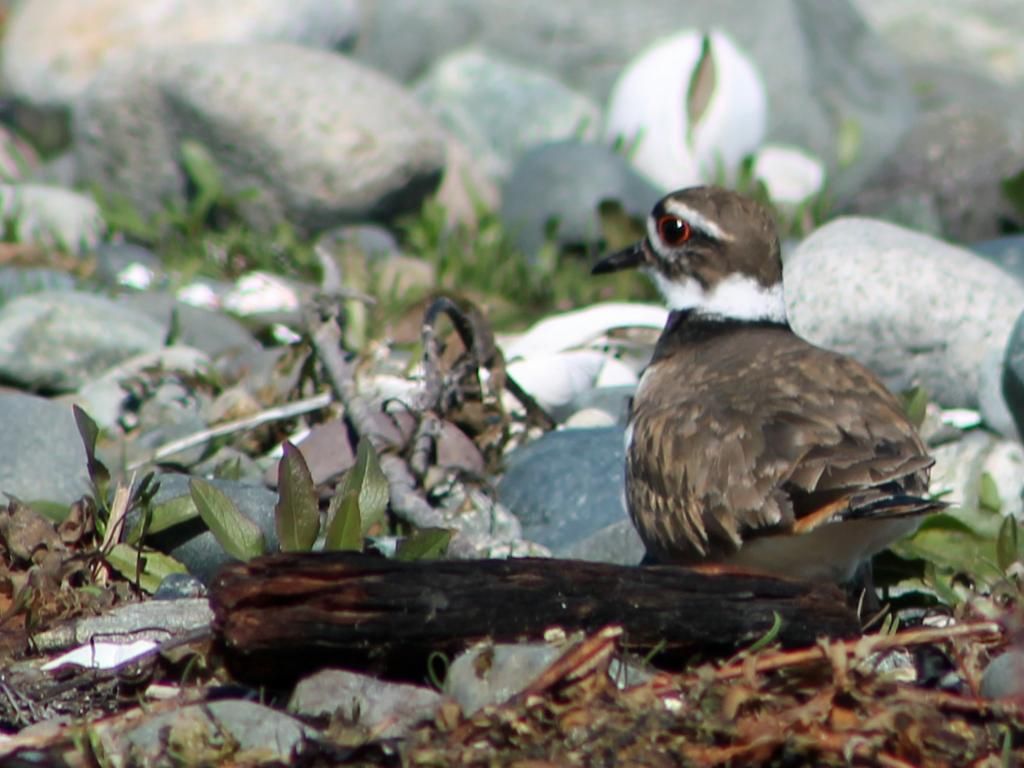
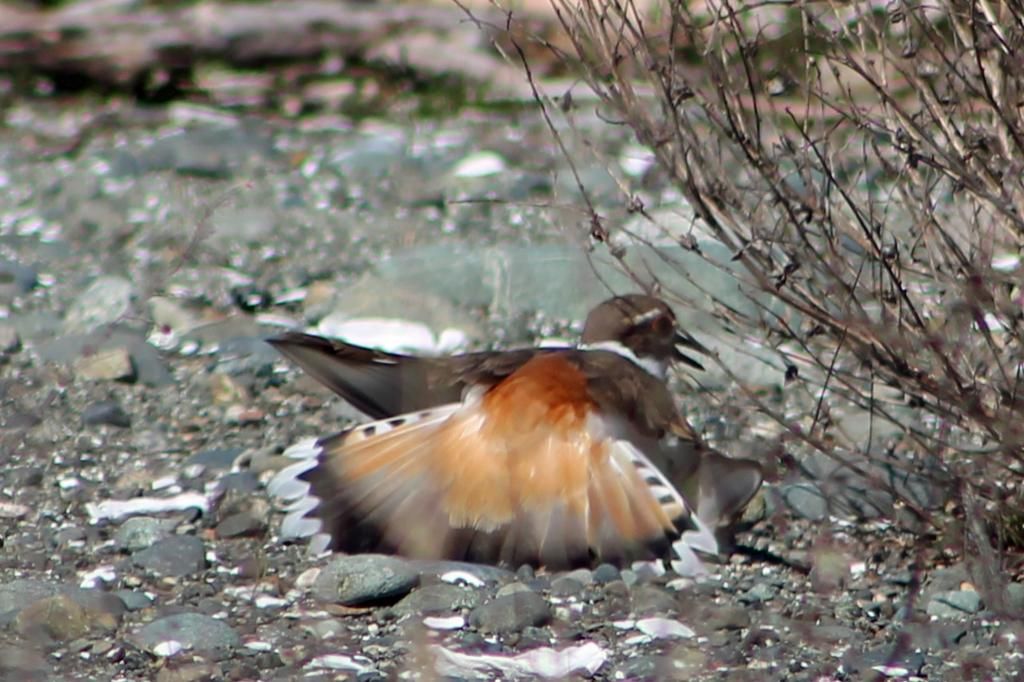

What a wonderful set of photos how lucky you were to see some unusual birds. Good stuff.
ReplyDeleteThanks, Elaine. It is a treat to spot different birds when I'm out...especially ones that I don't see often or if they are unfamiliar to me. Brightens up my day :)
DeleteSo many lovely photos of all the birds.
ReplyDeleteThanks greenthumb ~ pleased you liked my photos :)
DeleteAnother most enjoyable walk. The Killdeer is a good study.
ReplyDeleteThanks Adrian ~ yes, I was quite thrilled to get the photos of the Killdeer in action. A very pretty bird, too.
DeleteEnjoyed your photos!
ReplyDeleteThanks, W-W :)
DeleteA most enjoyable post with terrific pictures and interesting links.
ReplyDeleteI especially like the pictures of the two ducks and violet-green sparrow. Flighty xx
Thanks Flighty ~ glad you liked the photos of the birds. It was a beautiful day with lots to keep me entertained!
DeleteWhat lovely images, I do love your mountains! Wow....two fantastic videos there, the feigned broken wing sure was dramatic and the hummingbirds are amazing. I'm surprised the mother hummers don't push that beak straight through the chicks throat. Incredible little creatures!xxx
ReplyDeleteThanks Snowbird ~ the mountains are a perfect backdrop, especially when they are still snow-capped. Glad you enjoyed the videos. Aren't the hummers fascinating ~ yes, that long beak looks quite menacing, but somehow it all works out!
Delete